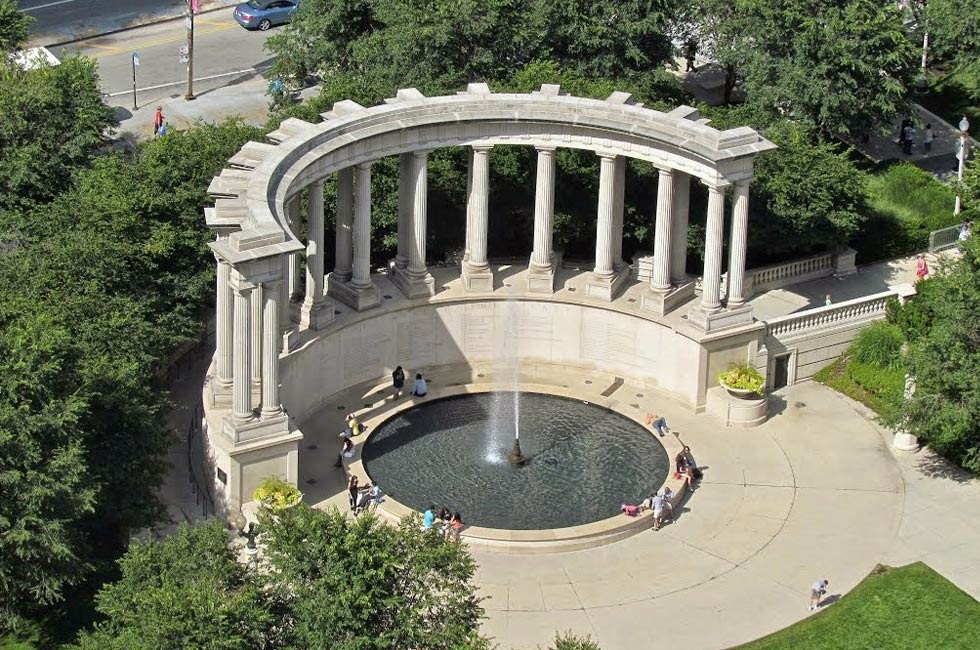 |
| The original Chudzinski Whoopsie (Chicago Tribune, February 26, 1903) |
West
Parks Commissioner Graham had no idea why the Municipal Art League had turned
“thumbs down” on the statue. “I have no
idea what the fault is with the statue,” he said. “I have not seen the model and, besides, the
commissioners are not expected to be experts in art.”
Chicago
sculptor Lorado Taft was less than generous in his appraisal of the sculpture
by Kasimir Chudzinski, “You cannot begin to criticize it,” he said. “The whole thing is a weak, cheap
effort. If you start with the horse you
will never reach the rider. It is the
effort, apparently, of a man who has made no study of the advancement of
art. It is badly patterned after the
snorting charger of fifty years ago. You
entertain such fears that the horse will fall off the pedestal that your eyes do
not rise to the man at all. There isn’t
a city in the United States that would allow that stature in its parks.” [Chicago Tribune, February 26, 1903]
Properly
chastened, sculptor Chudzinski went back to work and came up with a new vision
of the Polish national hero who fought in the Polish-Lithuanian Commonwealth’s
battle with Russia and Prussia before coming to the United States and fighting
for the Colonists in the Revolutionary War.
Among other things General George Washington asked Kosciusko to secure
and defend West Point against the British.
 |
| A little more heroic, don't you think? (JWB Photo) |
On
September 12, 1904 a crowd of 50,000 gathered in Humboldt Park as a chorus of
one thousand voices sang “Look Down Upon Us from Heaven, Kosciusko” at the
statue’s dedication ceremony.
Mr.
M. A. La Buy, president of the Kosciusko Monument association that collected
the $30,000 for the statue, spoke, observing that “The Kosciusko Monument
association, in handing down the figure of the general to future ages. desires
to teach our children and our grandchildren that their patriotism and love for
America should soar high above their ambition.
Let us illustrate our beautiful history of the United States by building
monuments to its patriots. As the
European oppression, despotism, and tyranny increase day by day, so our love
and esteem for our American heroes should increase daily.” [Chicago Tribune, September 12, 1904]
 |
| The plaque on Solidarity Drive (JWB Photo) |
At
the dedication ceremony back in 1904 Senator Albert G. Hopkins said, “When
[Kosciusko] was born there was not one free government in Europe. Across the seas the American colonies were
fighting for something that Europe had yearned for during centuries. It was Kosciusko’s chance, and he accepted
it.”
And Chicago, fortunately, chose to honor the Polish national hero despite the initial false start.
And Chicago, fortunately, chose to honor the Polish national hero despite the initial false start.









.jpg)








